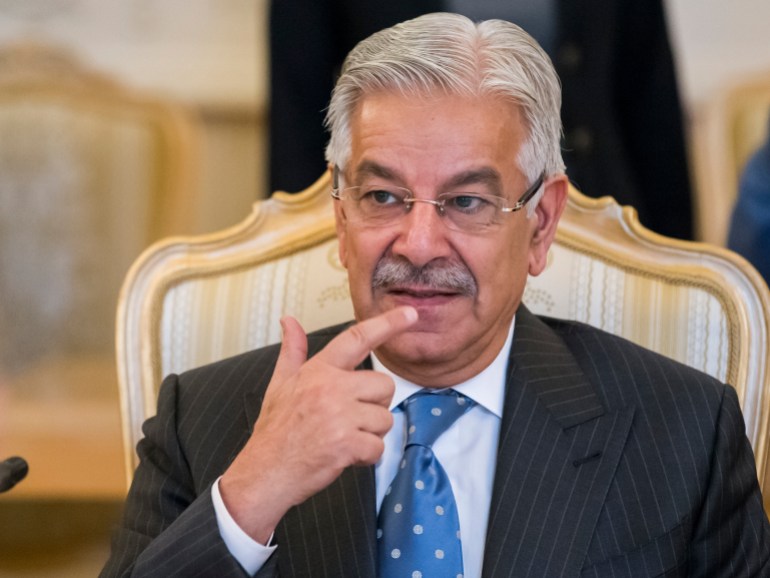Pakistan to close malls, markets early due to economic crisis
Pakistan’s defence minister says shops to shut down by 8:30pm and restaurants by 10pm under new energy-saving plan.

Pakistan’s government has ordered measures to conserve energy, including closing all malls and markets by 8:30pm (15:30 GMT), as the country grapples with a crippling power and economic crisis.
The cabinet-approved measures are expected to save the country about 62 billion Pakistani rupees ($273m), Defence Minister Khawaja Asif told journalists on Tuesday.
Keep reading
list of 3 itemsPakistan launches operation to free officers held hostage by TTP
Killing of Pakistani journalist in Kenya ‘planned’: Report
Pakistan finds itself strapped for cash as money expected to come in under an International Monetary Fund (IMF) programme has been delayed. Its foreign exchange reserves now barely cover a month of imports, most of which are for energy purchases.

The defence minister said additional measures that will take immediate effect include shutting restaurants and wedding halls by 10pm (17:00 GMT). He said some market representatives had pushed for longer hours, but the government decided that an earlier closure was needed.
Asif also said Prime Minister Shehbaz Sharif had ordered all government departments to reduce electricity consumption by 30 percent.
The measures are being implemented as Pakistan struggles to quell fears of a default after the $1.1bn in IMF funding was delayed. Islamabad has differences with the IMF over a review the agency is conducting of policy and reforms it is requiring in Pakistan. The review should have been completed in November.
Other critical international financing is linked to the IMF programme, which means the South Asian nation of 220 million people will be hard-pressed to meet its external financing needs. Those total more than $30bn up to June and include debt repayments and energy imports.
Pakistan’s total liquid foreign exchange reserves stood late last month at $11.7bn, $5.8bn of which are with the central bank. That is half the value of the foreign exchange reserves it held at the start of 2022.
Asif said the energy conservation plan also includes a ban on the production of inefficient light bulbs from February and fans from July.
He said Pakistan’s peak summer electricity usage was 29,000 megawatts (MW) compared with 12,000 MW in the winter, mainly due to the use of fans in hotter weather.
Half of the street lights across the country will also remain switched off, the minister said.
Most of Pakistan’s electricity is produced using imported fossil fuels, including liquefied natural gas, prices of which have skyrocketed in recent months.
The government has tried to stabilise the economy by containing imports and decades-high inflation. A quickly depreciating currency has made imports more expensive while consumer prices have risen 25 percent year-on-year in the first half of the fiscal year, or July 1 to December 31.
Pakistan is recovering from last year’s catastrophic floods, which submerged more than a third of the country and caused widespread devastation and major financial losses.
The country is the eighth most vulnerable country to extreme weather caused by climate change, according to the Global Climate Risk Index compiled by the environmental NGO Germanwatch.
Floods, droughts and cyclones in recent years have killed and displaced thousands of people, destroyed livelihoods and damaged infrastructure.